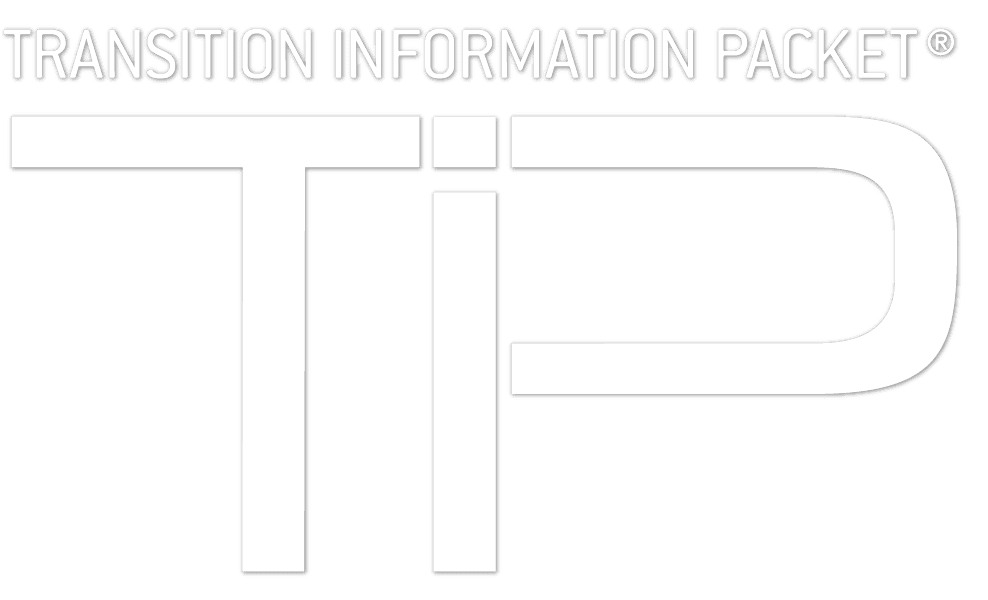 Background vector created by Rawpixel.com – Freepik.com
Background vector created by Rawpixel.com – Freepik.com
Unhappy with the lack of inventions coming out of your R&D expenditures? What to do next can be a complex issue. Depending on the importance of inventions driving current and future business, re-starting the Invention Machine can be table stakes for many organizations and or careers.
Re-starting the Invention Machine within your organization can involve numerous challenges. We’ll explore a few popular choices for creating positive change in this blog post. Check back as we will likely revisit this popular topic with additional thoughts and posts in the future. Future reader comments are another excellent supplement to the original blog.
Often, management believes it is a leadership challenge. Changing leadership tends to send a signal to the rank and file. Unfortunately, often the message that each person hears isn’t the same message. This can lead to unclear objectives, actions, and sometimes fear.
Fear, when channeled, can be a motivator. Imagine a new R&D leader coming into a role where the organization inventive pipeline has dried up. A leadership mandate that he/she expects at least one inventive idea per: [group, employee, project, $1 million spend, etc.] can re-start inventive reporting. This is useful, even if it is just to remind people about the reporting process and a refresher on how to execute the steps required. It isn’t necessarily tied to great inventions as people will tend to report anything/everything to stay off the radar.
Fear is not a long-term solution, but rather a way to prime the pump for a re-start. Motivation is the key to sustainable success to keep the Invention Machine churning. People inherently are happier when they are contributing so it is important to develop a culture where they can contribute easily and then see the positive impact on them personally.
- Does your organization push technology boundaries?
- Do you “punish” risk takers when they aren’t successful?
- Do you celebrate success?
- What other aspects of your organization either impede or positively contribute to a culture where inventive attitudes flourish?
Imagine the shift in perspectives when that same new R&D leader who shifts from “I expect new ideas from everyone,” to “I will tangibly reward people who contribute inventions.” This could take many forms including performance appraisals, promotions, recognition, restricted stock grants etc.
Other aspects of the culture change should be aimed at making the reporting process less cumbersome.
- Do you have a defined process?
- Is it simple and flexible?
- Have employees been trained?
If you said “no” to any of these, it will be more difficult to achieve motivation goals.
Motivation can also be influenced by recognition and or reward programs. Organizations who pride themselves on the number of annual patents (IBM is one example) give a great deal of weight to financial reward for patented inventions. Recognition programs structured with some financial and other non-financial rewards are also prevalent though out most industries. A well-thought-out program usually recognizes new inventors and frequent contributors differently to provide proper stimulus for continued motivation.
Often the status quo is in the way of progress. Complacency, lack of time or direction, or a desire not to perturb the troops can inhibit change. However, done properly change will improve morale (along with getting the Invention Machine supercharged).
Albert Einstein once said, “no problem can be solved from the same state of consciousness that created it.” The Dawnbreaker team can help organizations struggling with these issues by providing a fresh and objective perspective. We have a data-driven process to identify critical change drivers that will be most effective within an organization. Contact us to kick off a discussion on jumpstarting your Invention Machine!
Posted December 17, 2018 by Jenny Servo, P.H. D



